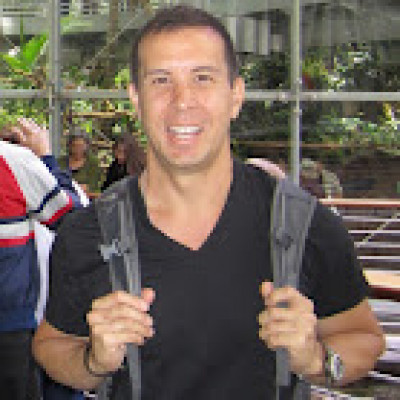Show & Tell presentation
Renaissance in pronunciation pedagogy: Harnessing recording technology and digital media in the gamification of IPA to master non-static English pronunciation and pronunciation pedagogy
Harnessing the power of recording technology and digital media in games and activities augments the learning efficacy of pronunciation pedagogy when focused on the interaction between English spelling, international phonetic alphabet (IPA) transcriptions, and aural samples. This synergy is crucial given the incongruence between English pronunciation and spelling and the overreliance of many learners on orthography for pronunciation. Letters in English do not represent static values, but many possible pronunciations: within words <c> in Pacific Ocean as [s], [k], [ʃ] or across words in phrases What’s up? [wə.sʌp] or What up? [wə.ɾʌp]. Phonetic environment, context, and variation further blur the one-letter-to-one-sound correspondence, resulting in a moving target between allophones of a phoneme (e.g., /t/ as [tʃ] in actual or [ʔ] in kitten), casual vs enunciated forms (e.g., /t/ as a flap [ɾ] in water but potentially enunciated as [th] in North American Englishes), and regional or social variations (e.g., retroflex [ʈ] in Indian Englishes). The multiple pronunciations of each letter impact second language (L2) pronunciation (Bassetti, 2008). However, when supported by technology, the one-sound-to-one-symbol systematic congruence of IPA, originally created by language teachers to aid learners in enhancing their pronunciation through sound-to-letter correspondences (Passy, 1904), offers an effective visual tool to boost pronunciation proficiency and pronunciation pedagogy training. An understanding of IPA symbols offers insights into how segments are perceived, produced, and encoded: Each letter is composed of articulatory features which are manipulated to create alternative pronunciations. These features can help instructors and learners to understand the perceptual and productive issues of learners and the accents of the wide-range of Englishes around the world. As such, IPA games and activities scaffolded by technology in blended learning are used in L2 phonology and/or pronunciation pedagogy courses to train current and future instructors in pronunciation pedagogy: 1) enhancing receptive and active understanding of phonology through IPA and articulatory features, 2) learning to apply this knowledge to pronunciation teaching, and 3) experiencing these games and activities in a hands-on manner to teach pronunciation to L2 learners. This presentation briefly describes phonological processes and the orthographic disconnect and demonstrates IPA games and activities.
-

I am an associate professor of applied linguistics and tesol in the Department of Modern Languages at the University of Mississippi in the US. I teach undergraduate and postgraduate courses in linguistics and second language studies: second language (L2) phonology, pronunciation pedagogy, phonology, World Englishes, language variation, and more. My research concerns pronunciation pedagogy, the teaching of language variation, translation, and L2 phonology with a focus on English, Japanese, Thai, and Mandarin.